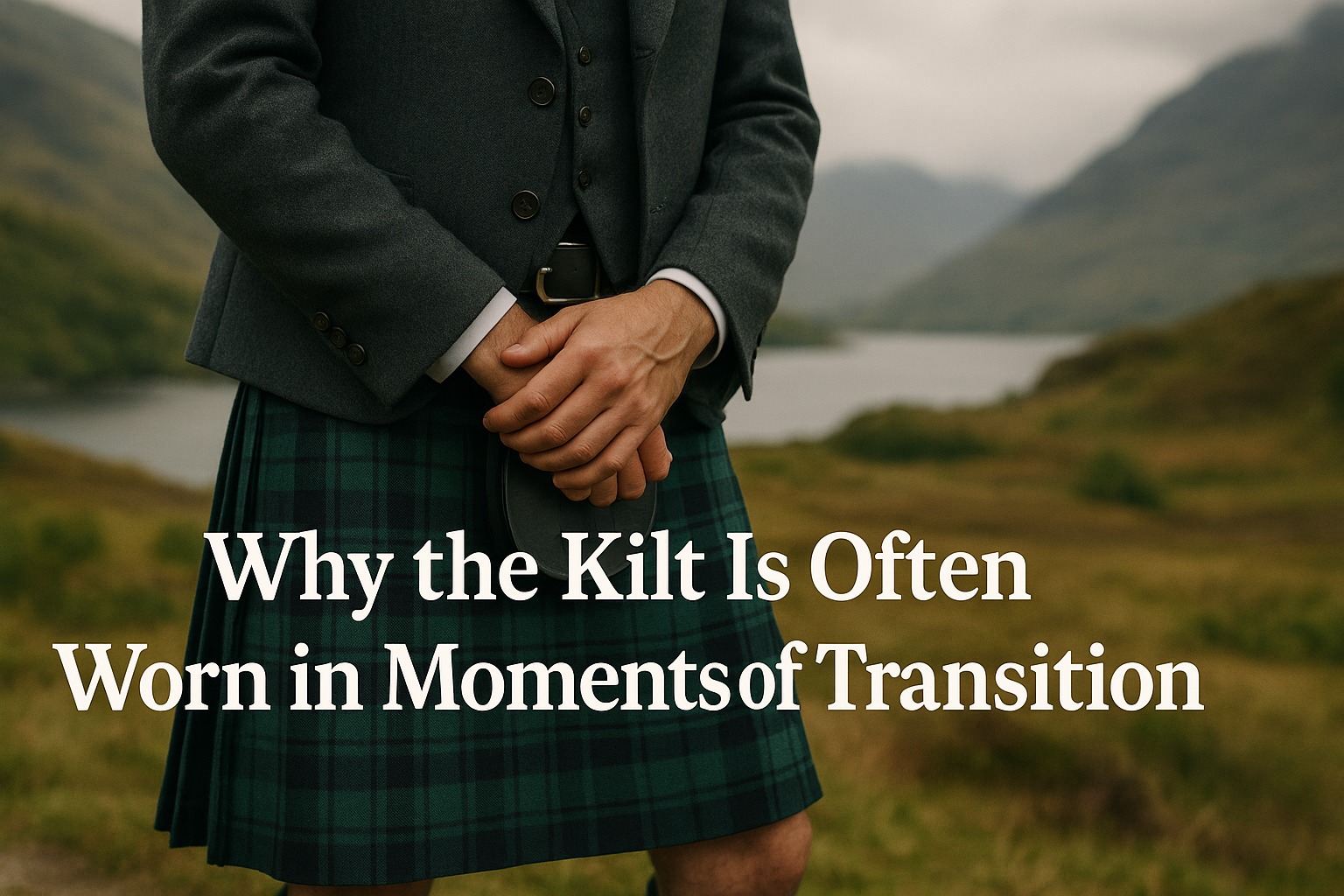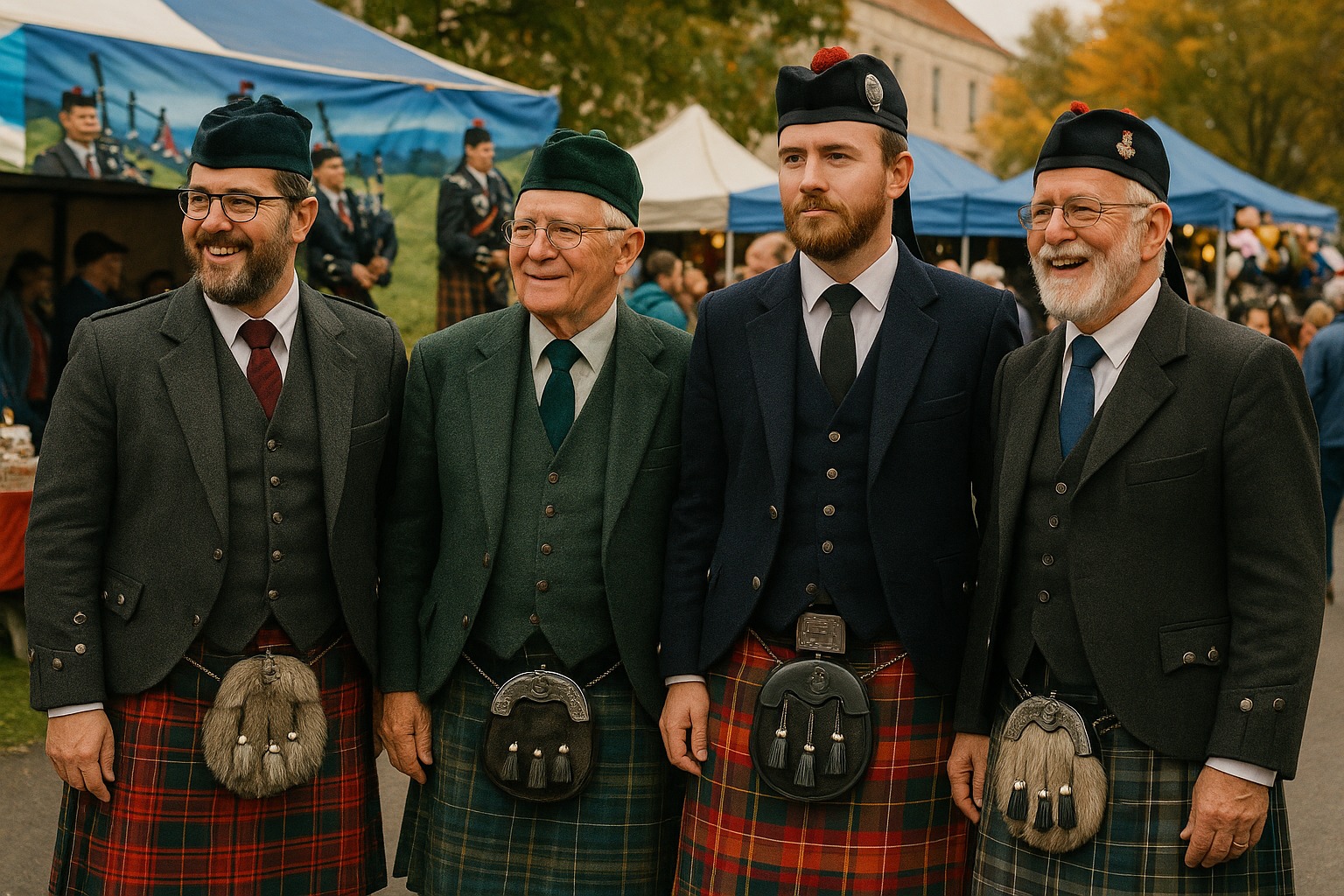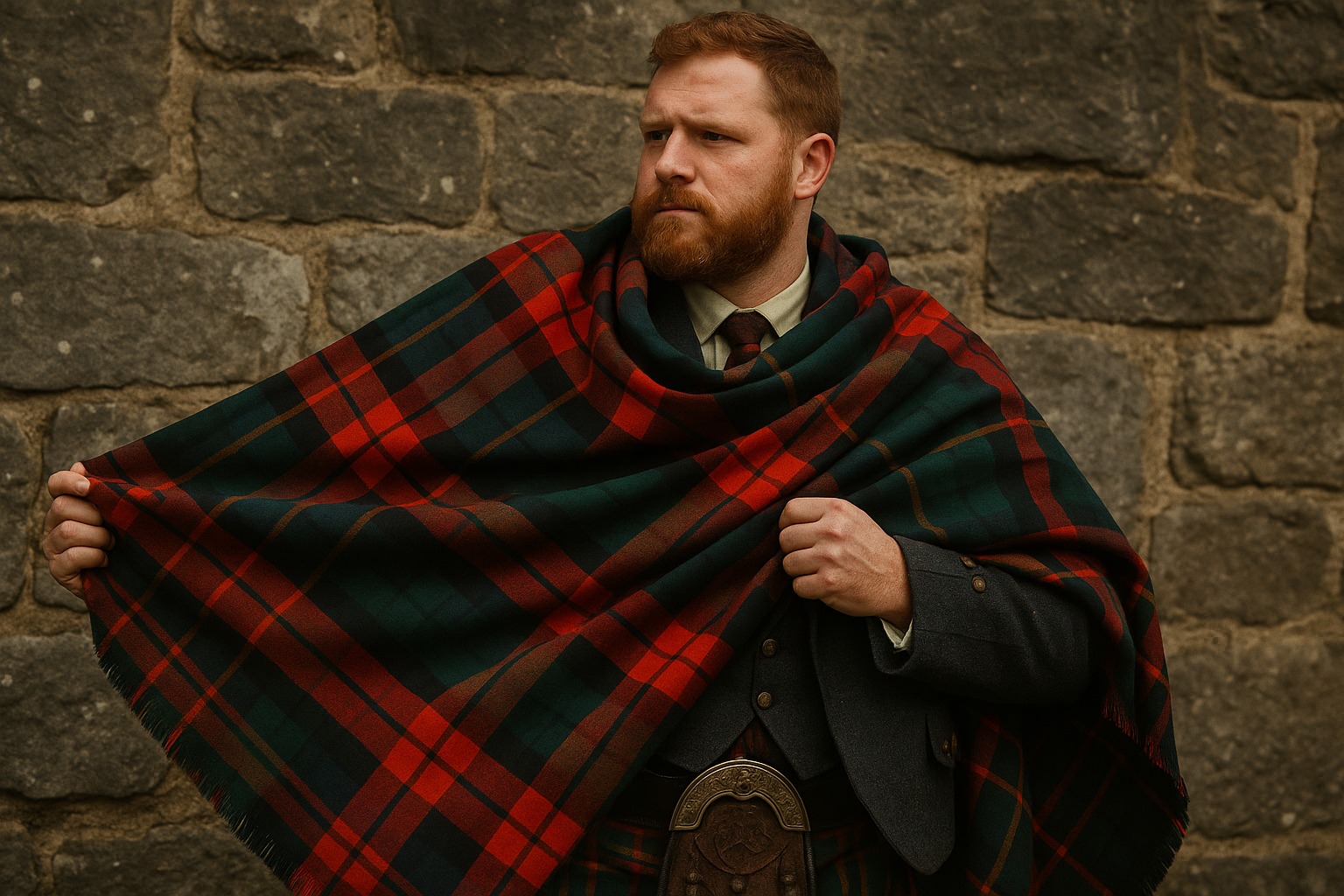When Non-Scots Wear Kilts: Identity, Respect, and Globalization

Strong 8k brings an ultra-HD IPTV experience to your living room and your pocket.
The kilt, deeply rooted in Scottish history, is one of the most recognizable symbols of cultural identity in the world. But what happens when it’s worn by someone who isn’t Scottish? In an increasingly interconnected world, the kilt has traveled far from its Highland origins—appearing in weddings, parades, fashion shows, and protests across continents. This global reach raises important questions about cultural identity, respect, and authenticity.
When non-Scots wear kilts, are they honoring a tradition—or appropriating it? The answer lies in intent, knowledge, and context. In this article, we explore how the kilt has become a global garment, and how it can be worn responsibly and meaningfully by those outside its ancestral roots.
________________________________________
1. The Kilt: More Than Just a Garment
To understand the significance of non-Scots wearing kilts, we must first acknowledge what the kilt represents:
• A symbol of Scottish clan identity, regional pride, and historical resilience
• Originally worn by Highlanders as functional attire in the form of the feileadh mòr, evolving into formal Highland dress
• Revived and embraced after the Dress Act of 1746, which banned Highland wear following the Jacobite rebellion
✔ Today’s kilt carries generations of meaning—woven from resistance, identity, and celebration.
________________________________________
2. Kilts Go Global: A Modern Reality
As Scottish culture has spread through emigration, media, and cultural diplomacy, so too has the kilt.
• Diaspora communities in Canada, the U.S., Australia, and New Zealand often wear kilts to maintain connection to ancestral roots
• Multicultural weddings often feature kilts as a sign of blended heritage or mutual respect
• Fashion designers, musicians, and activists incorporate kilts into global wardrobes as symbols of rebellion, heritage, or personal identity
✔ The kilt is no longer confined to Scotland—it’s become a global symbol of pride and identity.
________________________________________
3. Why Non-Scots Wear Kilts
People without Scottish ancestry wear kilts for many reasons:
• Cultural appreciation – To honor Scottish heritage through marriage, friendship, or admiration
• Shared values – To celebrate resilience, community, or individualism embodied in Scottish identity
• Fashion and expression – To stand out, embrace tradition, or make a statement
• Event participation – At Highland Games, Tartan Day, or themed occasions
✔ In most of these cases, the intent is respectful and celebratory, not exploitative.
________________________________________
4. Is It Appropriation or Appreciation?
Wearing a kilt as a non-Scot becomes problematic when it lacks context and care.
Respectful appreciation means:
• Learning about the history and symbolism of the kilt
• Wearing it at appropriate times and with proper understanding
• Supporting authentic Scottish or diaspora artisans
• Choosing universal or regional tartans when not part of a specific clan
Cultural appropriation occurs when:
• The kilt is used as a costume, joke, or party gimmick
• It’s worn without awareness or misrepresents Scottish culture
• It’s treated as an accessory detached from its cultural meaning
✔ Wearing a kilt is not inherently offensive—but it carries responsibility.
________________________________________
5. Scots' Views: Pride in Sharing, Not Protecting
Generally, Scots are welcoming of others who wish to embrace their culture—when it’s done with sincerity.
• Many see non-Scots wearing kilts as a sign that Scottish heritage is respected and admired
• Scottish vendors and kiltmakers openly create kilts for international clients
• Cultural events like Highland Games and ceilidhs often include and encourage global participation
✔ The Scottish ethos is largely inclusive: “If you wear it with respect, you’re one of us.”
________________________________________
6. Choosing the Right Tartan
If you're not of Scottish descent, selecting the right tartan shows awareness and care.
Options include:
• Universal tartans – Black Watch, Pride of Scotland, Isle of Skye
• District tartans – Based on regions rather than families
• Special event tartans – Created for causes, anniversaries, or national days
• Fashion tartans – Non-clan specific and designed for broader use
✔ Avoid claiming a clan tartan unless you have a verified connection—it’s a matter of cultural respect.
________________________________________
7. The Kilt in Multicultural and Blended Contexts
Kilts increasingly appear in global settings that honor multiple identities:
• Intercultural weddings, where one partner is Scottish and the other is from a different heritage
• Diaspora events, where mixed-heritage families express multiple cultural ties
• Queer and inclusive spaces, where kilts are worn as statements of fluid identity and cultural empowerment
✔ In these contexts, the kilt becomes a bridge between stories—not a wall.
________________________________________
8. A Global Symbol of Resistance and Identity
Beyond heritage, the kilt is also worn as a political and emotional emblem.
• It has become a symbol in Scottish independence marches
• It’s worn in LGBTQ+ Pride events, often with rainbow tartans
• Activists and artists wear kilts to express resistance, reclamation, or solidarity
✔ For many, the kilt is a nonverbal declaration of pride, defiance, and connection.
________________________________________
9. How to Wear a Kilt Respectfully as a Non-Scot
If you’re a non-Scot and want to wear a kilt meaningfully:
• Learn about the garment—its history, symbolism, and etiquette
• Buy from reputable sources, especially Scottish or diaspora businesses
• Choose your tartan wisely, and understand what it represents
• Wear it with pride—not parody
• Be ready to explain your connection if asked
• Respect Highland dress customs if attending formal events
✔ Respect transforms a garment from costume into cultural connection.
________________________________________
Conclusion: Kilts, Identity, and Shared Tradition
In an era of increasing cultural awareness and interconnectedness, wearing a kilt as a non-Scot is not just about fashion—it’s about how we choose to honor what isn’t originally ours. The kilt, like many traditions, can evolve into something more inclusive and globally shared, without losing its roots—if it’s carried with care, curiosity, and respect.
In doing so, non-Scots help ensure that the kilt doesn’t just survive, but thrives—as a symbol of both tradition and unity in a changing world.
Note: IndiBlogHub features both user-submitted and editorial content. We do not verify third-party contributions. Read our Disclaimer and Privacy Policyfor details.







